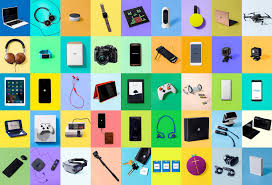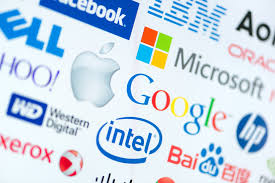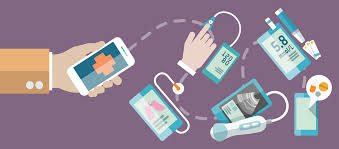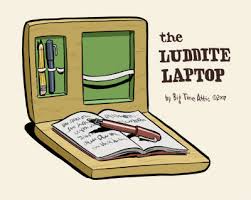Older adults can save tens of thousands of dollars annually by choosing assisted living communities over aging in place in their homes.
Unlike point solutions, Inspiren unifies resident safety, care planning, staffing, and emergency response into a single AI-powered platform.
An artificial intelligence-powered virtual assistant platform for senior living and care providers.
Betting that AI could lighten the clinician load.

 Warning -- this is not a blog post about what to give. There are plenty of click-bait websites, like
Warning -- this is not a blog post about what to give. There are plenty of click-bait websites, like  You remember Big Pharma. Not long ago we heard a lot about it. This
You remember Big Pharma. Not long ago we heard a lot about it. This  Two November events highlight competitions and new firms.
Two November events highlight competitions and new firms.  So you want to launch a boomer/senior, home health tech product, caregiving marketplace, or caregiver advisory service. Or other. Your new company gets ready to travel into battle for
So you want to launch a boomer/senior, home health tech product, caregiving marketplace, or caregiver advisory service. Or other. Your new company gets ready to travel into battle for  Voice first – and voice everywhere. You may be hearing it – will
Voice first – and voice everywhere. You may be hearing it – will  or health tech vendors to reach other health tech vendors. This event is an odd mix of technology service providers, health tech vendors (multiple categories), and startups looking to engage from a business partnership, channel, or solution set perspective. The event was preceded earlier in the year with a post about the
or health tech vendors to reach other health tech vendors. This event is an odd mix of technology service providers, health tech vendors (multiple categories), and startups looking to engage from a business partnership, channel, or solution set perspective. The event was preceded earlier in the year with a post about the  ctober is a busy month of events, new research and announcements. All are back from vacation,
ctober is a busy month of events, new research and announcements. All are back from vacation,  When boomers are 84 – there will be no keeping up. Just the same as when they are 64. Many boomers disagree with that statement, finding it insulting or pessimistic or both. They will repeat plaintively that baby boomers are very different than their parents’ generation. They are comfortable with technology. See how many have smartphones! They text, use Facebook and YouTube. Many
When boomers are 84 – there will be no keeping up. Just the same as when they are 64. Many boomers disagree with that statement, finding it insulting or pessimistic or both. They will repeat plaintively that baby boomers are very different than their parents’ generation. They are comfortable with technology. See how many have smartphones! They text, use Facebook and YouTube. Many